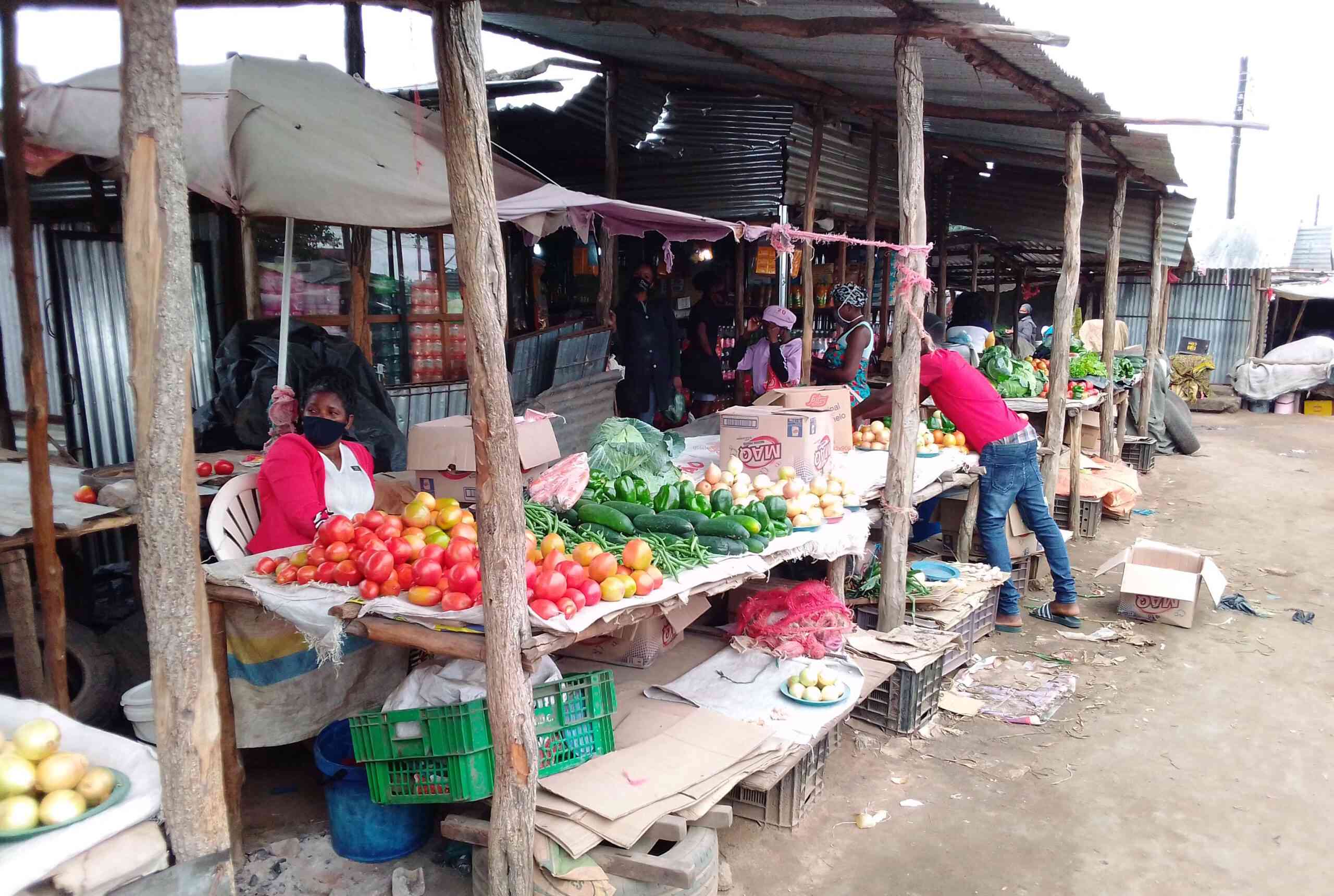
SOUTHERN Africa has since the 2016/17 agricultural season been battling prolonged dry spells, erratic rainfall, high temperatures and the presence of the voracious fall armyworm.
By Tatira Zwinoira
The International Maize and Wheat Improvement Centre (CIMMYT) have been championing efforts to look for more crop varieties, especially maize and wheat. NewsDay business reporter Tatira Zwinoira (ND) interviewed CIMMYT country representative for Zimbabwe Cosmos Magorokosho (CM) on Wednesday to find out more about their activities.
ND: Your organisation CIMMYT is trying to encourage farmers to go for more maize varieties. Why are you campaigning so hard for maize varieties?
CM: The main reason why we are campaigning hard for farmers to adopt the maize varieties is because the climate has changed. We have new pests and diseases, so the current varieties are no longer the best ones and farmers are losing the yield because they are growing the wrong varieties.
ND: There has been a lot of talk about these varieties increasing crop yields. Can you tell me what are those benefits compared to growing the traditional maize variety?
CM: For new varieties, particularly drought-tolerant varieties, it has been shown that a farmer can increase their yields by more than half-a-tonne per hectare which translates to about $150 and $200 more in terms of the dollar value for that maize. So, that means if they are getting one tonne per hectare, if they switch to more drought-tolerant varieties and there is a drought they can have close to $400 and $450 compared to a farmer growing normal varieties.
ND: From the research and activities you have done in Zimbabwe what has the response been from farmers, both commercial and smallholder, to these ideas of maize varieties?
- Chamisa under fire over US$120K donation
- Mavhunga puts DeMbare into Chibuku quarterfinals
- Pension funds bet on Cabora Bassa oilfields
- Councils defy govt fire tender directive
Keep Reading
CM: Both commercial and small-scale farmers have realised the ardent benefit of these varieties. They are looking for them in the shops, have seen them through the tests they have done on their own, have also seen demonstrations and how neighbours who are growing the new varieties are benefitting from that, so the demand is there.
ND: What is the process in coming up with these different maize varieties and the period from the time you start doing these tests to using these different varieties?
CM: In research, to come up with a good variety after thorough testing verification and seed production, you are looking at about seven or eight years because it is a long process.
It involves breeding the hybrid and then testing through different seasons because seasons are different. Starting by multiplying the seed from the smaller quantities that researchers work with up to the thousands of tonnes that are needed by the farmers.
ND: Seven or eight years? How long then have you been operating with farmers in Zimbabwe?
CM: We have been operating with farmers for more than 30 years. Each and every year we have new products coming through our pipeline, we do not wait for seven years. Each and every year there are new ones because we have a pipeline of products.
ND: Of course, when you have now identified these varieties you want to partner seed companies for them to sell to the farmers. Can you tell me how many partnerships CIMMYT has been able to establish with seed companies?
CM: When we started this kind of research work, there were less than 20 seed companies in Africa, but right now we are talking of more than 200 seed companies producing maize seed in Africa.
ND: And in Zimbabwe?
CM: In Zimbabwe, probably close to 20 seed companies are producing maize varieties.
ND: So, what have the sales been, compared to selling traditional seed?
CM: Traditional seed is usually no longer on the market because it is just what farmers recycle but the demand I am told by the seed companies, for some of them is that they are running out of seed for the good hybrids.
ND: What is the key to making a good hybrid in your opinion?
CM: The key to making a good hybrid is understanding what the farmer wants. Talk with the farmer, understand what they want and create a hybrid based on what the farmer wants.
ND: Which areas in Zimbabwe would you say are best suited for maize and crop variety seed?
CM: In Zimbabwe, I would say natural region one, two, three and a bit of natural region four can use these varieties-
ND: Which areas in particular?
CM: Okay, natural region one is the Eastern Highlands, natural region two is the maize belt Mashonaland e-ast, central and west where we grow most of our maize. Natural region three is going beyond those areas to places like Gokwe, Kwekwe and Buhera, and then natural region four is really a very dry environment.
ND: How has government reacted to this initiative of trying to grow crop varieties? Have you been assisted in any way or hindered in any way?
CM: We have been assisted by the government that is why you saw them here, they are here to support us. They have given us the environment to do our research. Since 1985, we have been here doing our research on government land. We got all the support we need their technical people have helped us. Also, when we want to release varieties through the government system they first have to approve of those varieties.
ND: How many smallholder farmers are growing these varieties, if you were to estimate in Zimbabwe?
CM: That is a difficult question because that is mostly for the seed companies. But, I would say close to one third of the smallholder farmers are now using these varieties.
ND: How about commercial farmers?
CM: Commercial farmers it is a different ball game because they have resources… but I would say from the little knowledge of seed industry, probably 60% of these are now using these varieties.
ND: Now, which seed varieties would you say are more popular? Of course, you have your traditional drought resistant crops such as millet and sorghum but which ones are popular in Zimbabwe?
CM: Maize is the most popular because even in the marginal areas, the dry areas, where people grow sorghum and millet they still want to grow maize. They only want sorghum and millet as a back-up to failures in maize production.
ND: How does this variety differ to traditional maize?
CM: It differs because in these new varieties they have got genetic mechanisms to grow and produce yield despite the challenges that farmers face.
ND: As an organisation, you have also been pushing for agronomy since last year. Has there been any uptake in that regard in the country?
CM: Yes. We are pushing very hard a combination of drought-tolerant varieties with conservation agricultural systems because we see a double benefit, conservation of the soil, and improved yields. The new varieties they are better, much better, under conservation agriculture systems.
ND: Do you think with the current erratic weather patterns, some farmers have had write-offs and too much heavy rainfall, can these varieties mitigate against those kind of weather conditions?
CM: Exactly, because we have all ranges of varieties.
We have extra early maturing that means they can get to maturity very fast like 100 to 110 days, medium and late maturing, so we have a whole range of varieties to suit the different farmers.











